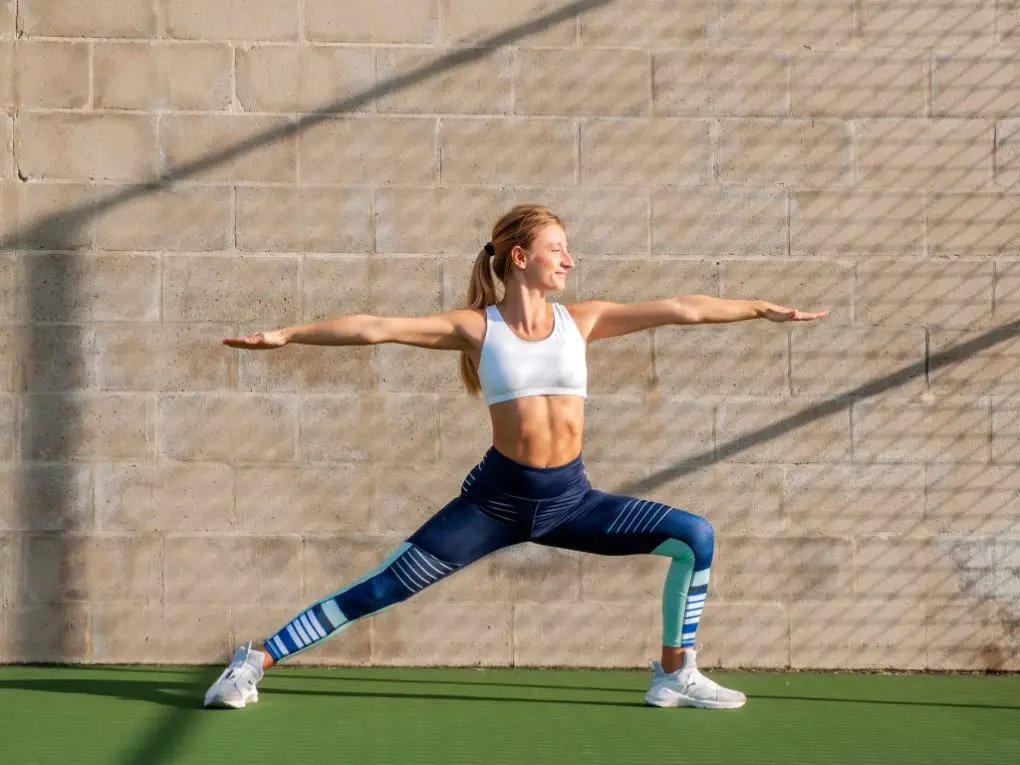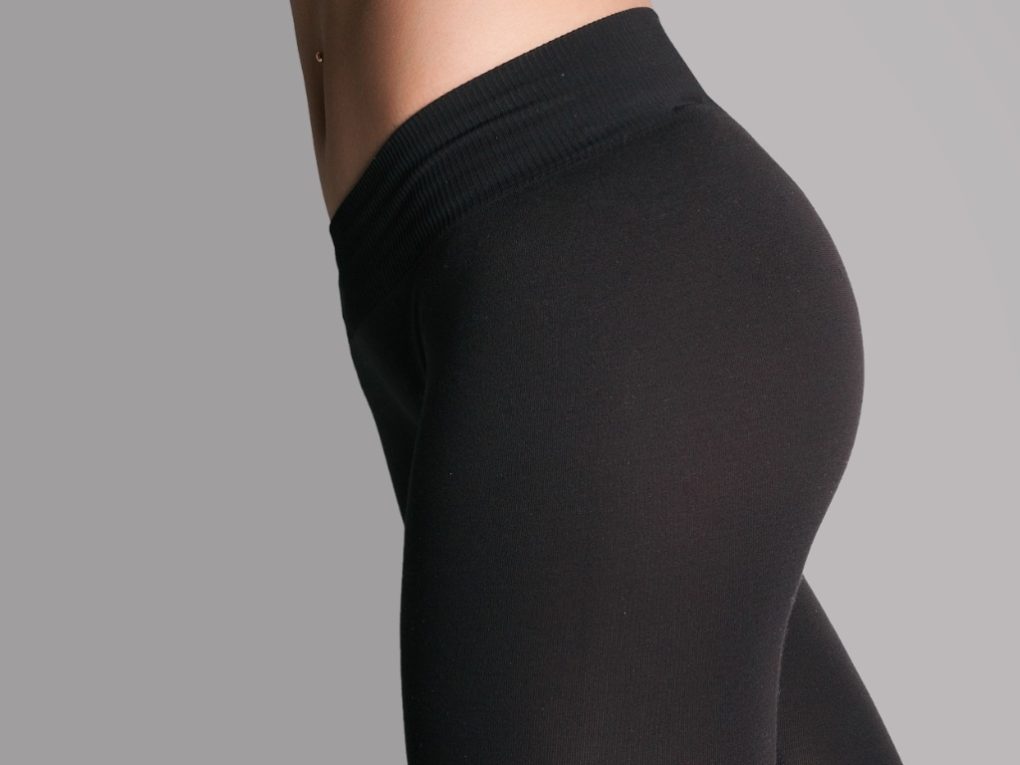How Much Do Leggings Weigh: Understanding the Weight of Leggings
Most leggings weigh about 0.4 lb to 0.7 lb. The weight of leggings can also differ depending on the type of material used, with spandex, polyester, and nylon being the most common. Additionally, the weight of leggings can change once they are packaged and shipped, which can add to their weight.


Knowing how much leggings weigh can be helpful for various reasons, such as when traveling or shipping them. It can also be useful for lightweight clothing for outdoor activities or sports.
Factors Affecting the Weight of Leggings
Fabric Type
Different fabrics have varying densities, which can impact the weight of leggings. Density refers to how closely the fibers are packed together in the fabric. High-density fabrics tend to be heavier, containing more fibers per unit area.
For example, fabrics like cotton or denim tend to have a higher density and can be heavier than lightweight polyester or nylon. The type of fibers used in the fabric can also affect the weight of the leggings.
Natural fibers like cotton, bamboo, or wool tend to be heavier than synthetic fibers like polyester, nylon, or spandex. Natural fibers are typically denser and have more weight per unit of length than synthetic fibers, which are often lighter and more lightweight.
The weave or knit structure of the fabric can also impact the weight of the leggings. Different types of weaves or knits can create varying thicknesses and densities of fabric, resulting in different weights. For example, a tight weave like twill or a dense knit like interlock can be heavier compared to a loose weave like plain weave or an open knit like jersey.


Some fabrics may undergo additional treatments or finishes, such as dyeing, printing, or coating, which can add weight to the fabric. For instance, leggings made from printed patterns or coated finish may be heavier than those made from plain, untreated fabric.
The stretchability or elasticity of the fabric can also affect the weight of the leggings. Fabrics with a higher percentage of stretch fibers, like spandex or elastane, tend to be lighter as they are typically thinner and more lightweight than non-stretch fabrics.
In my experience, fabrics designed to be more breathable, allowing air to pass through easily, are lighter as they are often thinner and less dense. Fabrics like mesh, lightweight knits, or moisture-wicking materials designed for athletic leggings may be lighter than less breathable fabrics.
Blend of Materials
Combining different fibers in a material blend can directly impact the weight of leggings. For example, if a leggings fabric blend includes natural fibers like cotton or wool, which tend to be heavier, it can result in heavier leggings.
On the other hand, if the blend includes synthetic fibers like polyester or nylon, which are generally lighter, the leggings may be lighter in weight. However, the proportion or percentage of different fibers in the material blend can also affect the weight of the leggings.
If a material blend contains a higher percentage of heavier fibers, it can result in leggings that are overall heavier. Conversely, a higher proportion of lighter fibers in the blend can result in lighter-weight leggings.
Design and Construction
The length of the leggings can affect their weight. Longer leggings extending all the way down to the ankles may be heavier than shorter leggings, such as capri or cropped leggings, which cover only a portion of the leg. This is because longer leggings require more fabric, which can add to their overall weight.


The design of the waistband can also impact the weight of the leggings. For example, a wide waistband made of multiple layers or additional features like a drawstring or a thick elastic band can add to the overall weight of the leggings. On the other hand, leggings with a simple, narrow waistband may be lighter in weight.
Also, the type, number, and placement of seams in the construction of leggings can affect their weight. For example, leggings with multiple seams or complex stitching patterns may have more bulk and be heavier than leggings with minimal seams or simple stitching.
Heavy-duty stitching or reinforcement in certain areas, such as the crotch or waistband, can also add weight to leggings. Including pockets or other design details, such as zippers, buttons, or decorative elements, can also impact the weight of leggings.
Pockets, especially those made with additional layers of fabric or heavy-duty zippers or closures, can add to the overall weight of the leggings. Similarly, decorative elements or embellishments can also contribute to the weight of leggings, depending on their materials and construction.
Leggings may have additional panels or gussets in specific areas for added comfort, mobility, or support. These panels or gussets may be made of different materials or constructed differently, which can impact the weight of the leggings. For example, leggings with mesh or ventilation panels may be lighter than leggings with additional panels made of a thicker fabric.
Some leggings may have compression or support features, such as built-in compression panels or supportive bands, to provide muscle support or improve performance. These additional features can add to the overall weight of the leggings, as they may require additional materials or construction techniques to achieve the desired compression or support.
Brand and Manufacturing Process
Established brands with a reputation for high-quality products may invest in superior materials and manufacturing processes, resulting in generally lighter leggings. These brands may also have strict quality control measures to ensure that each pair of leggings meets their standards, which may include weight requirements.
On the other hand, lesser-known or lower-quality brands may use cheaper materials or less precise manufacturing techniques, resulting in leggings that are heavier in weight. The brand’s choice of materials and sourcing methods can impact the weight of the leggings.
Additionally, brands that prioritize using high-quality materials with advanced manufacturing technologies can create leggings that are lighter in weight without compromising durability or comfort.
The manufacturing process employed by a brand can also affect the weight of leggings. For example, different manufacturing techniques, such as cut-and-sew, seamless, or bonding methods, can impact the weight and bulkiness of leggings.
For example, seamless leggings, made using a circular knitting technique without traditional seams, may be lighter in weight compared to leggings requiring multiple seams for construction. Bonding techniques that use heat or adhesive to join fabrics can also result in lighter leggings than traditional stitching methods.
Brands that prioritize sustainability and eco-friendly practices may use lighter materials, such as organic cotton or recycled polyester, as part of their commitment to reducing their environmental impact.
These brands may also use innovative manufacturing processes that reduce waste or energy consumption, which can impact the weight of leggings. However, it’s important to note that sustainability practices can vary among brands, and not all sustainable leggings may necessarily be lighter in weight.
